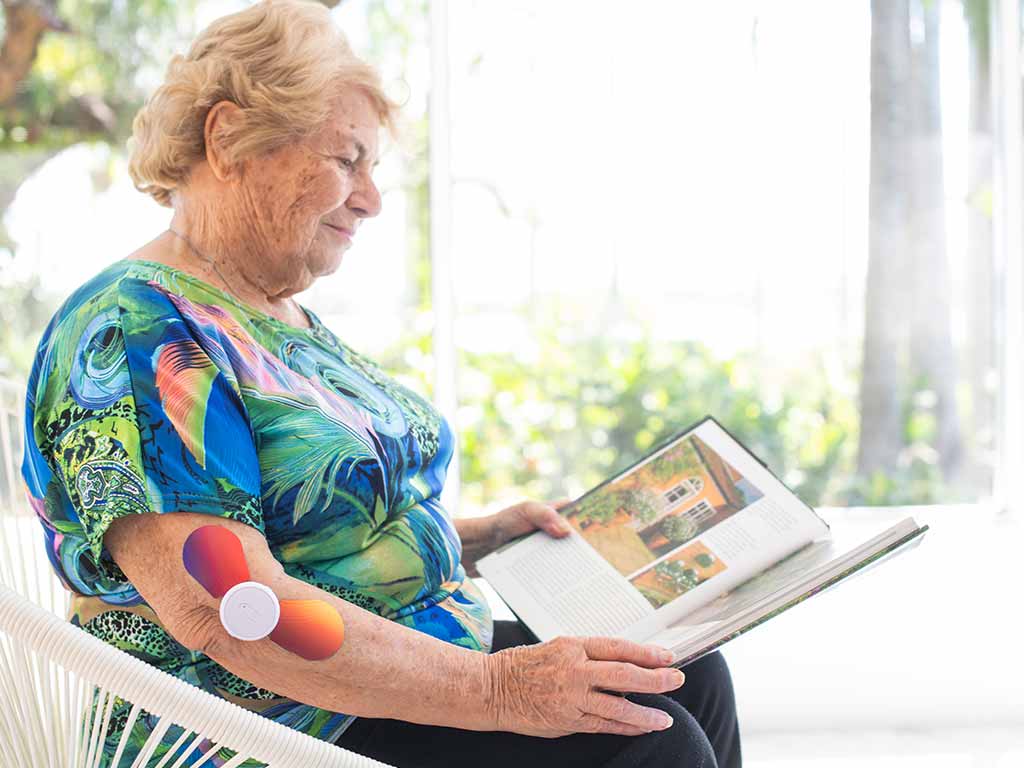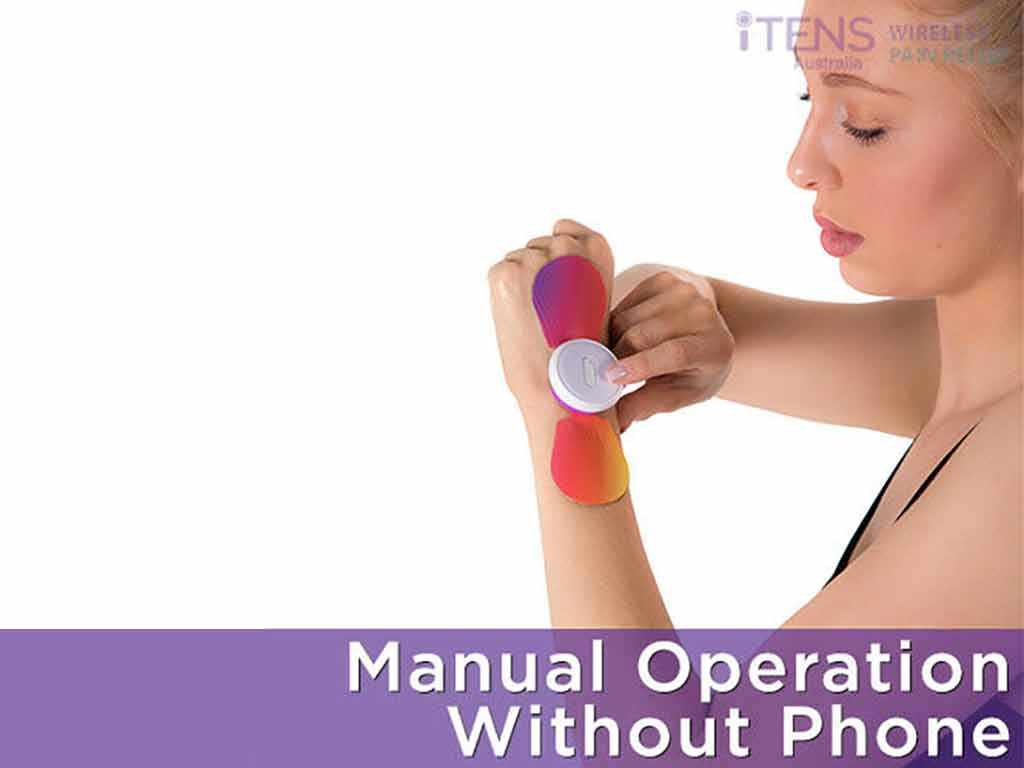
Electrotherapy machines have been used in the medical field. They are devices that deliver small electric currents to the body, usually through electrodes on the skin. The main types are Transcutaneous Electrical Nerve Stimulation (TENS) and Electric Muscle Stimulation (EMS). Each type serves different purposes, such as pain management and physical rehabilitation. To ensure safe and effective use, people should follow some guidelines. These include consulting with a doctor, placing electrodes correctly, and starting with low-intensity settings.
Electrical stimulation is a form of therapy to improve body functions or treat a wide range of conditions. Doctors and physical therapists administer these devices to patients with chronic pain or injuries. Likewise, they complement other pain management methods or fitness programs. There are more portable versions of these devices that individuals can use in the comfort of their homes. In this article, we will talk about the two main types of electrotherapy, including their functions, benefits, and usage guidelines.
Electrotherapy Machine – TENS
TENS is one of the most used electrotherapy machines or modalities for pain management. It works by sending electrical signals through the electrodes placed near the pain area. The impulses target the sensory nerves to reduce pain sensations. Additionally, it is a programmable unit to suit different types or levels of pain.
The TENS unit allows adjustment of the frequency and intensity according to a person’s comfort level. This varies the effects depending on the type of stimulation. In particular, high frequencies (50-120 Hz) induce the pain-gating channels in the spinal cord to close. As a result, it blocks the pain signals from reaching the brain.
On the other hand, low frequencies (2-10 Hz) prompt the release of natural opioids like endorphins and enkephalins. They are hormones that inhibit the nerves from sending pain messages and enhancing mood and relaxation. Thus, it provides therapeutic effects without drugs. It is important to note that it may take time, especially for new users, to find a setting that gives the most optimal results.
TENS Benefits
- Provide natural pain relief. TENS is versatile for various acute and chronic pain conditions, including but not limited to arthritis, neuropathic pain, and muscle pain.
- Promote rehabilitation. It boosts blood circulation in injured areas, reducing inflammation and distributing more nutrients for healing.
- Non-invasive treatment. The TENS electrodes do not penetrate the skin or leave permanent marks.
- Provides targeted pain relief. The electrode placement allows the currents to stimulate the affected nerves or tissues directly.
- No adverse side effects. TENS does not have the risk of developing side effects or dependency usually associated with medicines. Thus, it is safe for long-term use.

Electrotherapy Machine – EMS
EMS is another type of electrotherapy machine used for muscle stimulation and rehabilitation. It works by sending controlled electrical impulses to the motor nerves and muscles, causing them to contract and relax. The main purpose of EMS is to strengthen the muscles that may be weak or injured. It is often incorporated into athletes’ training programs to minimise muscle pain and enhance overall performance.
The EMS device utilises stronger currents than TENS to stimulate muscle contractions. The effects of these contractions are similar to doing hours of physical exercise. Moreover, there are various applications of EMS. For instance, an athlete may use higher intensity to help increase muscle mass. Meanwhile, those recovering from an injury or paralysis utilise lower intensity to promote rapid tissue healing.
It is best to use EMS under the guidance of a trained professional. Individuals may increase the intensity as high as tolerable. Furthermore, experts recommend using EMS therapy for 20 minutes each session and one to two times per week. This duration allows enough time to stimulate the muscles without causing excessive strain.
EMS Benefits
The EMS machine is beneficial for individuals who experience muscle atrophy due to injury, surgery, or prolonged immobilisation. The contractions help strengthen weakened or inactive muscles and boost circulation. This helps relax sore muscles and improve the range of motion. The increased blood flow also reduces inflammation and muscle spasms that contribute to pain.
Improving muscular endurance and stability through EMS can also help prevent potential injuries. For example, it helps minimise the impact of sudden shocks to the spine caused by sports or strenuous activities. In addition, it improves muscle tone and can be used for relaxation purposes or complement traditional exercise routines.

Guidelines For Using Electrotherapy Machines
The use of electrotherapy machines entails careful administration to ensure safe and effective results. Firstly, it is advisable to seek professional advice to ensure the appropriate therapy or device. Both TENS and EMS require correct electrode pad placement and setting adjustments. The stimulation level must be within the recommended intensity and frequency range to prevent risks.
People with chronic pain may use TENS for pain management. Position the electrodes on the side of the pain with the pads one inch apart from each other. For muscle rehabilitation or strengthening, adhere the electrodes directly to the target muscle groups. Additionally, ensure the skin is clean and dry before attaching the pads.
Always start the electrical stimulation at the lowest intensity level and gradually increase it until getting the desired effects. Each treatment or condition may require different settings or stimulation levels. Furthermore, monitor for any adverse reactions. Pay attention to any unusual sensations or discomfort during treatment sessions. If there are side effects, stop using the device and consult a professional if it persists.
When To Avoid
While electrotherapy devices can be beneficial for various conditions, there are certain situations where it is best to avoid their use. Individuals with heart problems, epilepsy, and pregnant women should not use the device. This may trigger heart disturbances and other complications. Also, keep the device away from electrical implants, as this may cause interference or malfunction.
Moreover, avoid certain areas due to their sensitivity to electrical currents. Avoid putting the electrodes near the eyes, head, throat, spine, and chest. Likewise, do not place near open wounds, blood clots, and irritated skin. Lastly, do not use the device while bathing, sleeping, or driving.
Conclusion
Different types of electrotherapy machines can help with various medical treatments. The two main types are TENS for pain relief and EMS for muscle strengthening, re-conditioning, and rehabilitation. TENS therapy targets the nerves to block pain signals and release endorphins. In addition, each device type utilises varying frequency levels to elicit specific action potential from the nervous system. Therefore, using the correct settings is vital towards achieving effective results.
Before using the TENS or EMS device, consult a healthcare professional to ensure it is a safe treatment. Individuals with serious medical conditions must refrain from using electrotherapy unless advised by their provider. When using TENS and EMS, identify the target area and place the electrode pads properly. Avoid extreme intensity levels to prevent overstimulation and skin burns. If adverse reactions occur, discontinue use immediately. Overall, they are cost-efficient in managing pain and improving muscular performance.







